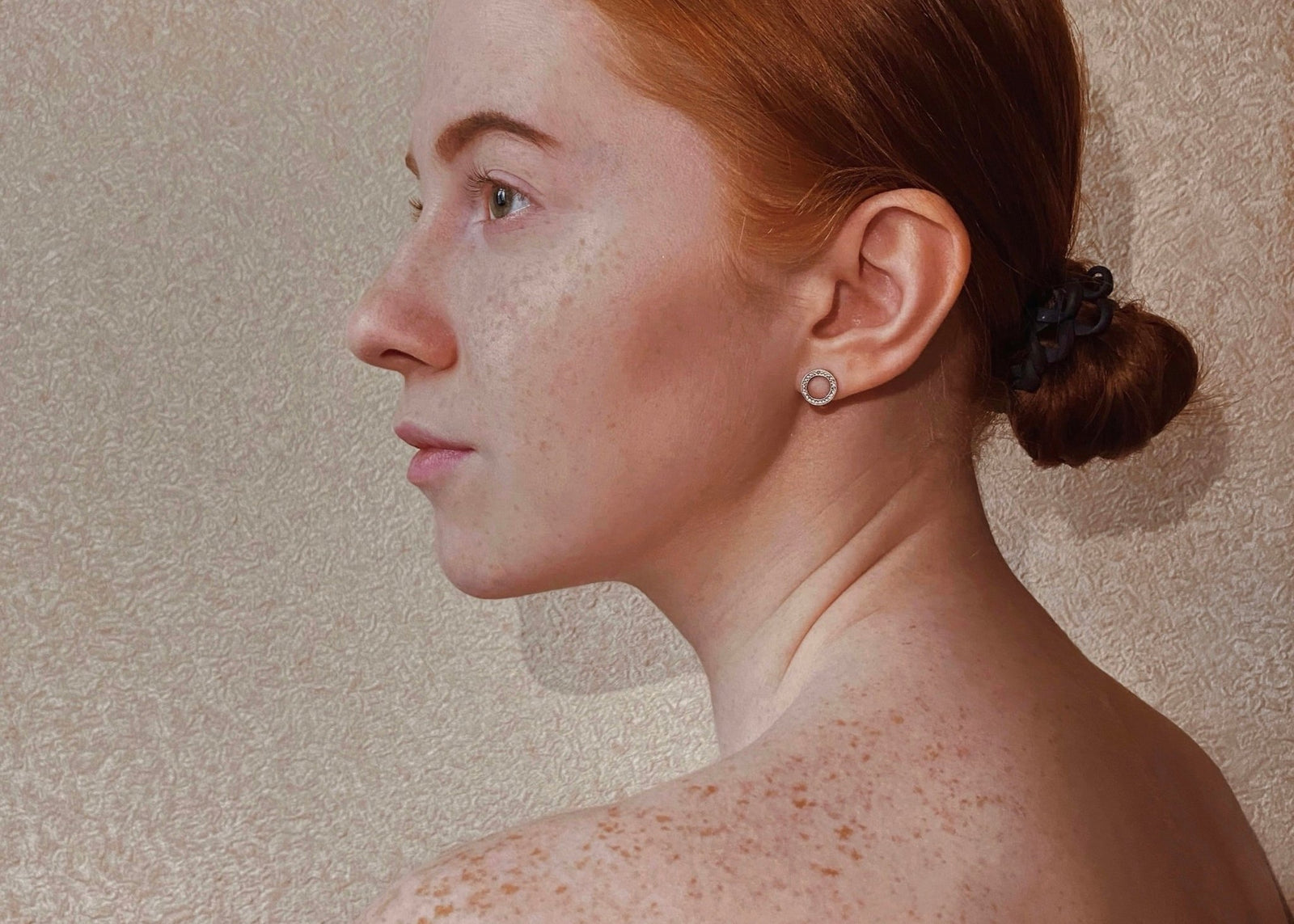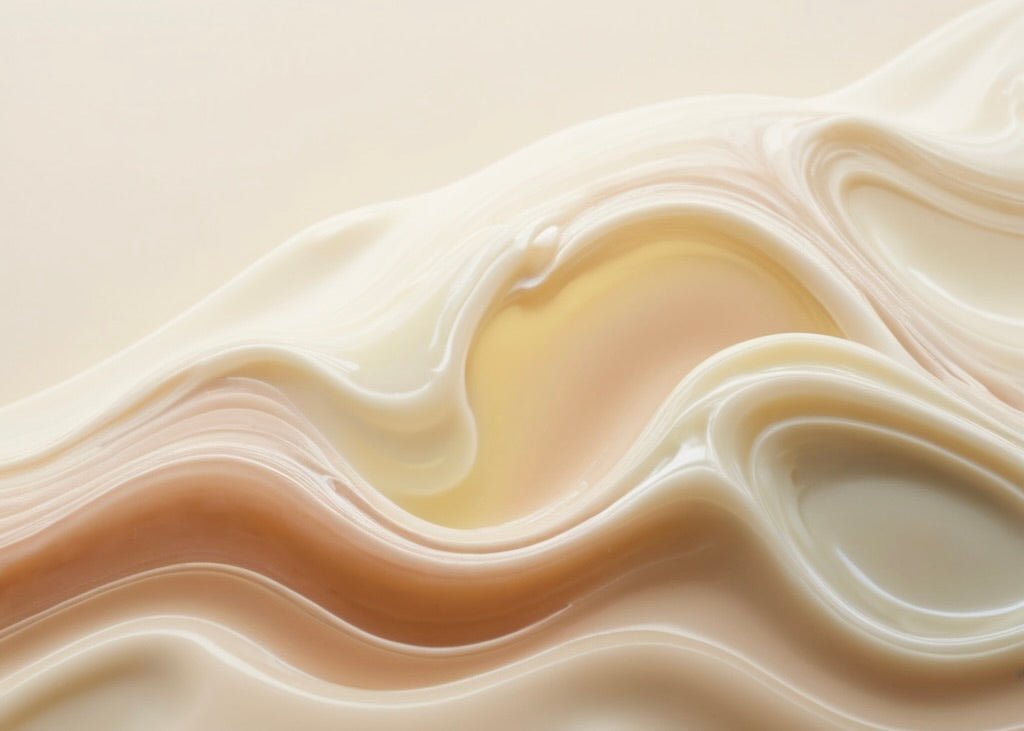
Skincare Basics: Essential Routine for Beginners
If you're a beginner, the vast array of products and routines can be overwhelming. But don't worry, we're here to guide you through the basics of skincare and help you establish a routine that suits your skin type and lifestyle. Remember, the key to effective skincare is consistency and using the right products.
Understanding Your Skin Type
Before you start building your skincare routine, it's crucial to understand your skin type. This will help you choose the right products and avoid those that could potentially harm your skin. Generally, skin types are classified into five categories: normal, dry, oily, combination, and sensitive.
Normal skin is well-balanced and not too dry or oily. Dry skin lacks the necessary oil to keep it moisturized, resulting in a dull and rough complexion. Oily skin, on the other hand, produces too much oil, leading to a shiny appearance and frequent breakouts. Combination skin is a mix of dry and oily skin, usually oily in the T-zone and dry on the cheeks. Sensitive skin can react negatively to certain products or environmental factors, causing redness, itching, or irritation.
The Basic Skincare Routine
Now that you know your skin type, let's move on to the basic skincare routine. This routine consists of three essential steps: cleansing, toning, and moisturizing. Each step plays a unique role in maintaining the health and beauty of your skin.
Cleansing
The first step in any skincare routine is cleansing. This helps remove dirt, oil, and makeup from your skin, preventing clogged pores and breakouts. Choose a gentle, natural cleanser that suits your skin type. For dry skin, a creamy cleanser can help maintain moisture, while an oil-free cleanser is ideal for oily skin.
Remember to cleanse your face twice a day, once in the morning and once at night. However, if your skin feels too dry or irritated, you can reduce this to once a day at night.
Toning
After cleansing, the next step is toning. A toner helps remove any remaining impurities and prepares your skin for the next steps in your routine. It also helps balance the pH levels of your skin. Opt for a natural, alcohol-free toner to avoid drying out your skin.
Apply the toner using a cotton pad or your hands. Gently pat it onto your skin and allow it to absorb before moving on to the next step.
Moisturizing
The final step in your basic skincare routine is moisturizing. A moisturizer helps lock in hydration and keeps your skin soft and supple. Even if you have oily skin, don't skip this step. Instead, choose a lightweight, oil-free moisturizer.
Apply a pea-sized amount of moisturizer to your face and neck. Massage it gently into your skin using upward strokes. Do this twice a day, in the morning and at night.
Additional Skincare Steps
Beyond the basic routine, there are additional steps you can incorporate based on your skin's needs. These include exfoliation, serum application, and sun protection.
Exfoliation
Exfoliation helps remove dead skin cells, revealing a brighter and smoother complexion. However, it should be done sparingly, usually once or twice a week, to avoid damaging your skin. Choose a gentle, natural exfoliant that suits your skin type.
To exfoliate, apply the product to your wet face and gently massage it in a circular motion. Rinse thoroughly and follow up with a toner and moisturizer.
Serum Application
Serums are concentrated solutions that target specific skin concerns like aging, hyperpigmentation, or acne. They are packed with active ingredients that penetrate deep into your skin. Choose a serum that addresses your skin concerns and is made from natural, sustainable ingredients.
Apply a few drops of serum to your face after toning and before moisturizing. Gently pat it into your skin and allow it to absorb.
Sun Protection
Sun protection is a crucial step in any skincare routine. Exposure to the sun's harmful UV rays can cause premature aging, hyperpigmentation, and even skin cancer. Choose a broad-spectrum sunscreen with an SPF of at least 30 and apply it every day, regardless of the weather.
Apply a generous amount of sunscreen to your face and neck 15 minutes before going outdoors. Reapply every two hours or immediately after swimming or sweating.
Choosing Natural and Sustainable Skincare Products
When choosing skincare products, consider opting for natural and sustainable options. These products are not only better for your skin but also for the environment. They are free from harmful chemicals and are often packaged in eco-friendly materials.
Natural skincare products are made from plant-based ingredients that are gentle on your skin and provide essential nutrients. They are less likely to cause irritation or allergic reactions, making them suitable for all skin types.
Sustainable skincare brands are committed to reducing their environmental impact. They source their ingredients responsibly, use minimal packaging, and avoid animal testing. By choosing these brands, you're not only taking care of your skin but also contributing to a healthier planet.
Conclusion
Starting a skincare routine can be daunting, but with the right knowledge and products, it can be a rewarding journey towards healthier and more radiant skin. Remember, skincare is not a one-size-fits-all approach. It's about understanding your skin type and needs, and choosing products that work best for you. And when in doubt, always opt for natural and sustainable options. Happy skincare!














